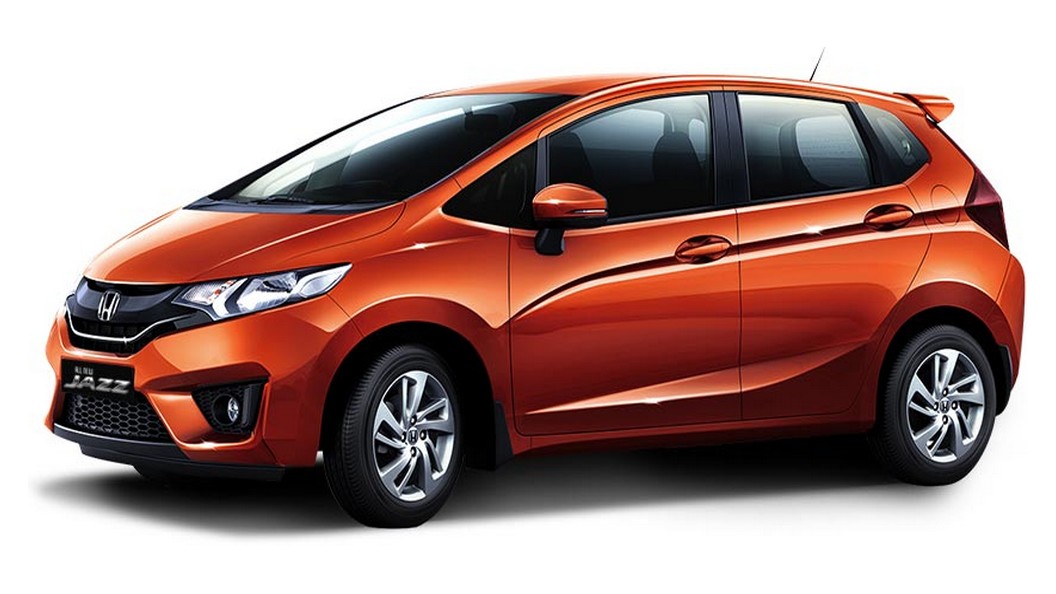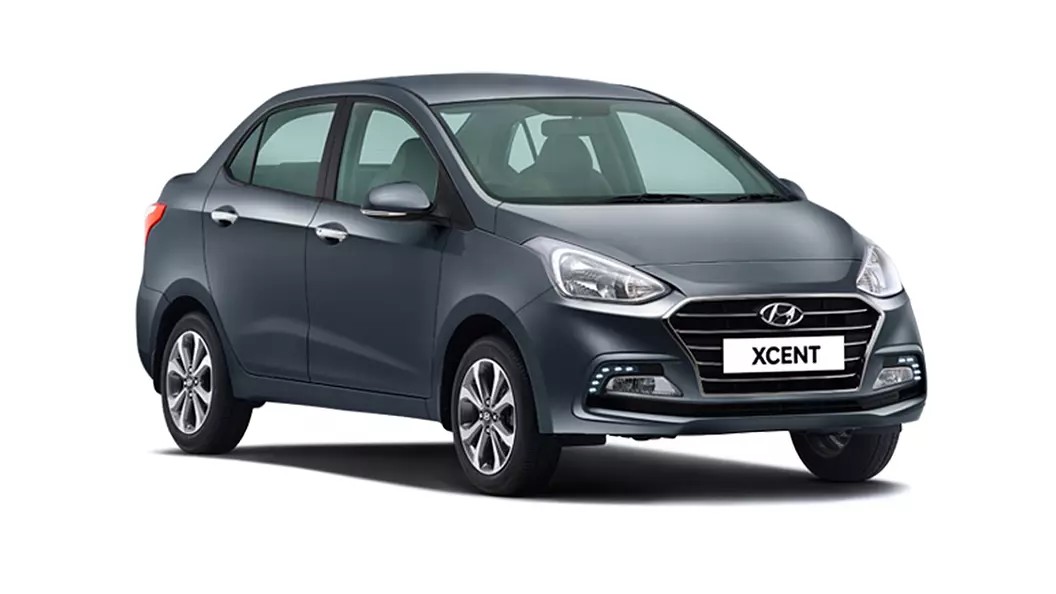October 2024 Vehicle Retail Report: TATA, Honda, Mahindra, VW, Skoda
 Ishita Sharma 2024-11-06
Ishita Sharma 2024-11-06

As we move into the final quarter of this year, the vehicle retail sector of the country has shown a notable shift in consumer preferences, industry dynamics and sales performance. The Vehicle Retail October 2024 data, combined with year-to-date insights presents a clearer picture of where the market is heading and what car buyers, dealerships, and industry professionals can expect in the near future.
All India Vehicle Retail Data (October 2024)
October 2024 was a pivotal month for the vehicle retail industry, as it saw the convergence of two major festivals, Navratri and Diwali, which typically account for 30-35% of annual sales. Retail sales surged by 32% year-over-year (YoY) and 64% month-over-month (MoM), with all vehicle categories showing positive growth. Two-wheelers (2W) led the charge with a 36% YoY and 71% MoM increase, driven by festive discounts, new model launches, and strong rural demand. The passenger vehicle (PV) segment grew by 32% YoY and a striking 75% MoM, fueled by aggressive promotional schemes and heightened consumer interest in SUVs and new models.
However, despite these strong sales, inventory levels remained high, with dealers facing extended stock days, which may extend the season of discounts through the end of the year. Commercial vehicles (CVs) saw a more modest 6% YoY growth, supported by festive demand and agricultural market activity, though challenges such as slow demand in construction, rising vehicle prices, and financial pressures on customers tempered the overall growth. Overall, October's performance was boosted by favorable market conditions, strong festive promotions, and a positive rural outlook, setting the stage for a promising end to FY'25.
Chart showing Vehicle Retail Data for YTD FY’25 and October’24
|
CATEGORY |
YTD FY'25 |
YTD FY'24 |
Growth % |
|
2W |
1,06,36,263 |
93,68,261 |
13.54% |
|
3W |
7,18,111 |
6,63,519 |
8.23% |
|
CV |
5,75,160 |
5,72,066 |
0.54% |
|
PV |
23,61,768 |
22,16,258 |
6.57% |
|
TRAC |
4,70,276 |
5,07,576 |
-7.35% |
|
Total |
1,47,61,578 |
1,33,27,680 |
10.76% |
1. Steady Growth in Vehicle Sales for FY'25 YTD
The vehicle retail sector in India has shown resilience in 2024, with steady growth across both passenger vehicles (PVs) and two-wheelers. According to data from October 2024 and the year-to-date figures (April–October 2024), overall vehicle sales have increased compared to the same period in 2023. This growth is indicative of continued consumer confidence in the market, despite global economic uncertainties.
2. Passenger Vehicle Market: A Shift Toward Premium Models
One of the most striking trends in October 2024 is the increased demand for premium and electric vehicles (EVs). The shift is driven by rising disposable incomes, growing urbanization, and a growing preference for advanced technology and sustainability. This trend also mirrors the increasing adoption of EVs—a segment that has seen a rise of A% in sales volume, particularly in urban areas.
3. Electric Vehicles (EVs) Continue to Outpace Traditional Models
The electric vehicle segment remains one of the standout performers in October 2024. The data indicates that EV sales have seen an uptick from April to October 2024, with more and more consumers opting for electric alternatives due to government incentives, improved infrastructure, and an expanding range of available models. Dealerships are increasingly investing in EV infrastructure, and consumers are responding by making the switch. In particular, electric two-wheelers and entry-level EVs have gained traction, particularly among first-time buyers.
4. Two-Wheeler Sales: A Modest Recovery Post-Pandemic
After a challenging few years, the two-wheeler segment has shown signs of a modest recovery in FY’25. While growth rates are more tempered compared to the passenger vehicle sector, two-wheeler sales in October 2024 have increased year-over-year. This recovery is largely driven by increased demand in semi-urban and rural markets, where motorcycles and scooters remain a crucial mode of transport.
5. Dealership Performance and Inventory Management
Dealerships are facing a mixed set of challenges and opportunities in the latter half of 2024. While sales numbers are strong in most regions, inventory management remains a critical issue. Supply chain disruptions and semiconductor shortages continue to impact vehicle availability, with certain models facing extended lead times. However, many dealerships are focusing on enhancing customer experience, offering better financing options, and leveraging digital tools to manage inventory and improve sales conversion rates.
6. Consumer Behavior and Financing Trends
Another noticeable trend in October 2024 is the shift toward financing and leasing options. With rising vehicle prices, especially in the premium and EV segments, car buyers are increasingly opting for flexible payment structures. Data shows increase in financing options used in the last quarter, with more consumers leveraging loan facilities or lease options to make vehicle ownership more affordable.
All India Vehicle Retail Data for October 2024: A Detailed Breakdown
The following table provides a snapshot of vehicle retail performance across various categories for October 2024, along with month-over-month (MoM) and year-over-year (YoY) growth comparisons:
|
CATEGORY |
Oct'24 |
Sep'24 |
Oct'23 |
MoM% |
YoY% |
|
2W |
20,65,095 |
12,04,259 |
15,14,634 |
71.48% |
36.34% |
|
3W |
1,22,846 |
1,06,524 |
1,10,221 |
15.32% |
11.45% |
|
E-RICKSHAW(P) |
43,982 |
44,043 |
45,745 |
-0.14% |
-3.85% |
|
E-RICKSHAW WITH CART (G) |
5,892 |
4,569 |
3,019 |
28.96% |
95.16% |
|
THREE-WHEELER (GOODS) |
12,709 |
9,108 |
10,958 |
39.54% |
15.98% |
|
THREE-WHEELER (PASSENGER) |
60,169 |
48,714 |
50,433 |
23.51% |
19.30% |
|
THREE-WHEELER (PERSONAL) |
94 |
90 |
66 |
4.44% |
42.42% |
|
PV |
4,83,159 |
2,75,681 |
3,64,991 |
75.26% |
32.38% |
|
TRAC |
64,433 |
62,542 |
62,507 |
3.02% |
3.08% |
|
CV |
97,411 |
74,324 |
91,576 |
31.06% |
6.37% |
|
LCV |
56,015 |
41,715 |
51,340 |
34.28% |
9.11% |
|
MCV |
6,557 |
6,090 |
6,164 |
7.67% |
6.38% |
|
HCV |
29,525 |
22,941 |
29,869 |
28.70% |
-1.15% |
|
Others |
5,314 |
3,578 |
4,203 |
48.52% |
26.43% |
|
Total |
28,32,944 |
17,23,330 |
21,43,929 |
64.39% |
32.14% |
Analysis of Key Trends from October 2024 Data:
1. Two-Wheeler Market: The two-wheeler category continues to experience strong growth, with October 2024 showing a 71.48% increase from September 2024, and a 36.34% growth YoY. This growth is largely driven by increased demand in both urban and rural areas, fueled by affordable financing options and the rising popularity of electric two-wheelers.
2. Passenger Vehicles (PVs): October 2024 saw a 75.26% MoM increase in passenger vehicle sales, with a 32.38% growth YoY. The substantial rise in sales can be attributed to a surge in demand for both internal combustion engine (ICE) and electric vehicles (EVs), as buyers seek newer, more fuel-efficient, and sustainable options.
3. Commercial Vehicles (CVs): The CV segment has also shown notable growth, particularly in light commercial vehicles (LCVs) and medium commercial vehicles (MCVs), with both categories experiencing significant month-over-month increases of 34.28% and 7.67%, respectively. The overall CV market grew by 31.06% MoM, indicating robust demand for transportation and logistics services.
4. Electric Rickshaws: Electric rickshaws (both passenger and goods) have seen mixed trends. While the e-rickshaw with cart (goods) category experienced impressive growth (+95.16% YoY), the e-rickshaw (passenger) segment saw a slight decline, down 3.85% YoY. The rise in demand for electric rickshaws used for goods transport aligns with growing interest in last-mile delivery solutions, especially in urban centers.
5. Tractors: The tractor market remains stable with a 3.08% YoY growth, continuing to reflect steady demand from the agricultural sector, which has shown resilience despite fluctuating economic conditions.
Looking Ahead: What’s Next for Vehicle Retail in India?
As we move toward the close of FY’25, industry professionals, dealerships, and investors will want to keep a close eye on a few key factors:
- Consumer Sentiment: The continued growth of premium and EV segments shows an evolving market. Dealerships will need to stay adaptable, offering a mix of traditional vehicles alongside new, green technologies to cater to an increasingly diverse customer base.
- Supply Chain Resilience: While the retail market is performing well, the ongoing challenges around inventory, production, and logistics could impact how quickly dealerships can meet demand.
- Government Policies: Any new policies related to electric vehicles or automobile manufacturing—such as the extension of subsidies, tax breaks, or infrastructure investments—will have a significant impact on future market dynamics.
Conclusion: A Positive Outlook for Vehicle Retail in India
October 2024 and the year-to-date data for FY’25 paint a positive picture for India’s vehicle retail market. Strong growth in both the passenger and two-wheeler segments, an increasing preference for premium and EV models, and evolving consumer financing trends indicate that the sector is poised for continued expansion. Dealerships and industry professionals will need to stay agile, monitor key trends, and adapt their strategies to meet the demands of an increasingly discerning and tech-savvy customer base.
With the festive season approaching, the next few months are likely to see a further uptick in sales. As always, it will be critical to stay ahead of shifting consumer preferences, and industry disruptions, and leverage data-driven insights to make informed decisions.

















